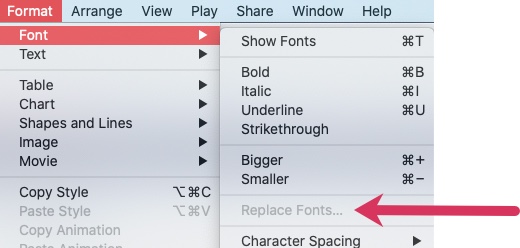🎄 Twelve Days of SMT 🎄 - Day 8: TimestampConverter
The TimestampConverter Single Message Transform lets you work with timestamp fields in Kafka messages. You can convert a string into a native Timestamp type (or Date or Time), as well as Unix epoch - and the same in reverse too.
This is really useful to make sure that data ingested into Kafka is correctly stored as a Timestamp (if it is one), and also enables you to write a Timestamp out to a sink connector in a string format that you choose.
